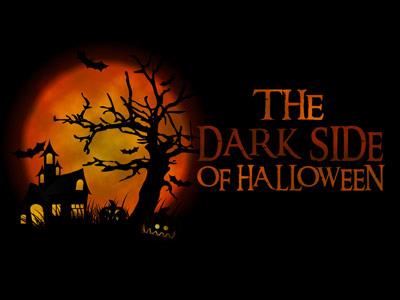-
Last Meal With The Master
Contributed by Brian Bill on Feb 10, 2018 (message contributor)
Summary: Communion emphasizes our common unity in Christ. Message focuses on Communion's connections to Passover and ends with some correctives to help us not approach this meal in an unworthy manner.
Last Meal with the Master
Mark 14:22-31
Rev. Brian Bill
February 10-11, 2018
We all like a good meal, don’t we? I recently read what was served at some of history’s most memorable events.
• At President Abraham Lincoln’s second Inaugural Ball in 1865, dinner was served at midnight on a 250-foot buffet table. Menu items included beef tongue in gelatin and calf’s foot jelly.
• With the SpaceX rocket launch to outer space with a Tesla aboard this week, I was reminded that the first meal on the moon in 1969 included bacon squares, sugar cookies and coffee (that’s got all the food groups).
If you could have one last meal before you died, what would you eat?
• Cleopatra downed a handful of figs before she went down.
• Before breathing his last, Napoleon Bonaparte ate liver and bacon chops, sautéed kidneys, garlic toast and roasted tomatoes.
• James Dean ate a slice of apple pie with a glass of milk right before he died.
• Elvis Presley gobbled up four scoops of ice cream and six chocolate chip cookies before suffering a fatal heart attack.
• Walter LaGrand, before being executed in 1999, ate six fried eggs, 16 strips of bacon (do you see a bacon theme here?), one large serving of hash browns, a pint of pineapple sherbet, a breakfast steak, a cup of ice, 7-Up, Dr. Pepper, Coke, hot sauce, coffee, two sugar packs, and four Rolaids.
And on the night before He was crucified, Jesus gathered with his closest followers to eat His last meal. This supper was rich in spiritual meaning with sweet symbolism that goes back to the first Passover. This annual meal commemorated the defining moment in Israel’s history and was celebrated the same way, every time, every year.
Jesus was set on celebrating this supper and was eager to explain the meaning behind his final meal. Luke 22:15: “And he said to them, ‘I have earnestly desired to eat this Passover with you before I suffer.’” That phrase “earnestly desired” literally means, “I have desired with desire.”
At its heart, the Passover supper was designed to celebrate the temporary deliverance that came through the blood of a spotless lamb. Jesus now initiates a new meal that celebrates the timeless deliverance that comes through the blood of the sinless Lamb of God.
Each element of the Passover meal had symbolic significance. BTW, if you’re following the Edgewood Bible Reading Plan for February, you’ll read about the Passover in Exodus 12 on Sunday! The unleavened bread represented the haste with which Israel left Egypt. Bitter herbs reminded them of the pain of their slavery. A paste-like puree was prepared to look like clay to recall their forced labor. The Passover lamb helped them remember God’s merciful “passing-over” and the wine symbolized the blood sprinkled on the lintel and doorposts.
It’s likely Jesus would have held up four different cups during this meal, each representing one of the “I will” phrases from Exodus 6:6-7.
1. Cup of Rescue: “I will bring you out from under.”
2. Cup of Release: “I will deliver you from slavery.” As a way to recall the ten plagues, ten drops of wine were poured on a plate during the meal.
3. Cup of Redemption: “I will redeem you with an outstretched arm.”
4. Cup of Renewal: “I will take you to be my people, and I will be your God.”
The Lord has always been zealous to rescue, release, redeem and renew!
The supper began with Jesus as the “heavenly host” pronouncing a benediction over the first cup. Then a table was brought in with the roasted lamb. Immediately after this, all the dishes were removed and the second cup of wine would be filled. At this point it was customary for a son to ask his father a question: “How is this night distinguished from all other nights?”
In response, taking on the role of the father, Jesus would have recited the history of Israel. The dishes were then put back on the table and Jesus would have taken the symbols in succession, starting with the Passover lamb, then the bitter herbs and the unleavened bread as He briefly explained the importance of each one.
Everything was going according to the Passover plan. The disciples knew the drill, and could recite every word. And then in Mark 14:22, everything changes: “And as they were eating, he took bread, and after blessing it broke it [hold up and break the matzo bread] and gave it to them, and said, ‘Take; this is my body.’” Jesus, as the Bread of Life was born in Bethlehem, the house of Bread and now He holds up the bread and “blesses” it. We get the word “eulogy” from the original, which means, “to speak well of.” Jesus likely gave this common blessing over the bread: “Blessed are you, Lord, our God, who brings forth bread from the earth.”

 Sermon Central
Sermon Central



